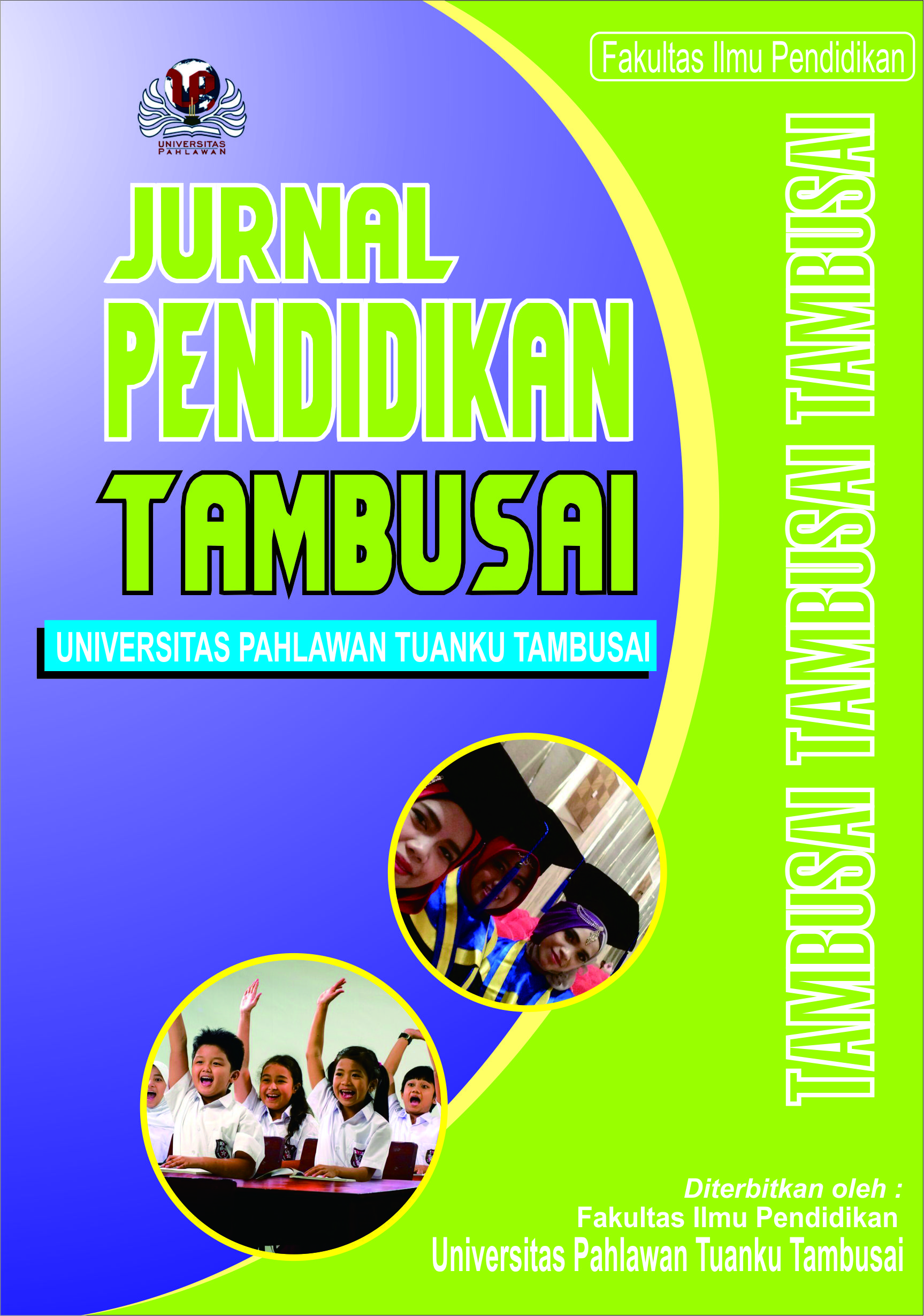Penerapan Model Pembelajaran Flipped Classroom dapat Mengurangi Learning Loss Peserta Didik pada Mata Pelajaran Bahasa Inggris di Kelas IXD MTsN 3 Kampar Semester Ganjil Tahun Pelajaran 2022/2023
DOI:
https://doi.org/10.31004/jptam.v8i1.13853Keywords:
Flipped Classroom, Learning LossAbstract
References
Abeysekera, L., & Dawson, P. 2015. Motivation and cognitive load in the flipped classroom: definition, rationale and a call for research. Higher Education Research & Development, 34(1), 1-14 diakses tanggal 16 Agustus 2022
Basal, Ahmet. 2015. The Implementation of a Flipped Classroom in Foreign Language Teaching. Turkish Online Journal of Distance. 16 (4): 28-34 diakses tanggal 16 Agustus 2022
Bishop, J. L., & Verleger, M. A. 2013. The flipped classroom: A survey of research. 120th ASEE annual conference and exposition. Retrieved Mai, 10, 2016 from http://www.asee.org/public/conference/20/papers/6219/view
Hanafiah, N dan Suhana. C. 2009. Konsep Strategi Pembelajaran. Refika Aditama
http://pattyanox.blogspot.co.id/2015/09/model-pembelajaran-flipped classroomdan.html diakses tanggal 16 Agustus 2022
https://disdikkbb.org/news/learning-loss-dampak-pandemi-covid-19/ diakses tanggal 16 Agustus 2022
https://media.neliti.com/media/publications/112278-ID-efektivitas-flipped-classroom-terhadap-s.pdf diakses tanggal 16 Agustus 2022
https://www.osnipa.com/flipped-classroom-pengertian-kelebihan-kekurangan-sintaks/
Lerner.2006. Meningkatkan Efektivitas Belajar. Jakarta : Pustaka Jaya.
Lindani, Agnita G. 2016. Potensi Pemanfaatan Media Sosial Instagram Sebagai Media Pembelajaran Untuk Peserta didik Sekolah Menengah Atas (SMA) (Study Kasus Di SMA Negeri 1 Bergas).Universitas Krieten Satya Wacana, Salatiga-Jawa Tengah.
Tampubolon, Saur. 2014. Penelitian Tindakan Kelas Sebagai Pengembangan. Profesi Pendidik dan Keilmuan. Jakarta: Erlangga
Downloads
Published
How to Cite
Issue
Section
Citation Check
License
Copyright (c) 2024 Rafnelli Syuhaimi

This work is licensed under a Creative Commons Attribution-ShareAlike 4.0 International License.
Authors who publish with this journal agree to the following terms:
- Authors retain copyright and grant the journal right of first publication with the work simultaneously licensed under a Creative Commons Attribution License that allows others to share the work with an acknowledgement of the work’s authorship and initial publication in this journal.
- Authors are able to enter into separate, additional contractual arrangements for the non-exclusive distribution of the journal’s published version of the work (e.g., post it to an institutional repository or publish it in a book), with an acknowledgement of its initial publication in this journal.
- Authors are permitted and encouraged to post their work online (e.g., in institutional repositories or on their website) prior to and during the submission process, as it can lead to productive exchanges, as well as earlier and greater citation of published work (See The Effect of Open Access).



